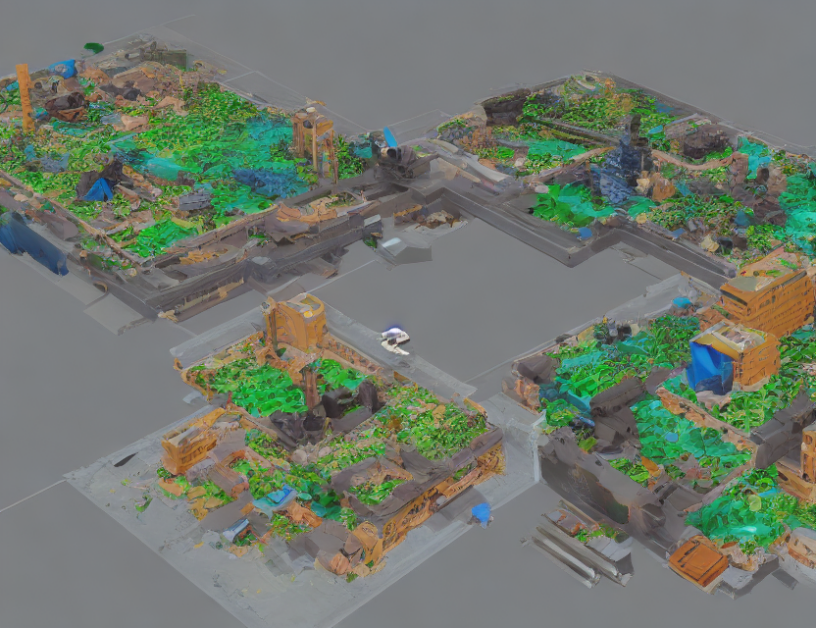In recent years, there has been a surge of interest in developing models that can extract meaningful information from vast amounts of data, including images and text. These models are known as foundation models, and they have shown remarkable capabilities in tasks such as image classification, language translation, and even few-shot learning. In this article, we will explore the exciting advancements in 3D understanding made possible by these foundation models and discuss their potential applications.
What are Foundation Models?
Foundation models are large pre-trained models that have been trained on vast quantities of data. These models are designed to generalize well to new tasks with minimal fine-tuning, making them highly versatile and efficient. The most prominent examples of foundation models include language models like BERT and RoBERTa, as well as image models like DINO and masked autoencoders.
The Key to 3D Understanding: Semantic Representations
So, how do these foundation models help us understand 3D objects? The answer lies in their ability to extract semantic representations of data. By learning the underlying patterns and relationships in the data, these models can represent objects in a way that is independent of their spatial location or viewpoint. This means that we can use these models to recognize objects, even when they are partially occluded or seen from different angles.
The Power of Self-Supervised Learning
One of the key factors behind the success of foundation models is their self-supervised learning approach. Rather than relying on labeled data, these models learn to predict properties of the input data itself. This allows them to extract useful features without requiring explicit labels or annotations.
The Magic of Encoders: Mapping Data to Meaningful Representations
So, how do foundation models turn raw data into meaningful representations? The answer lies in their encoder architecture. These encoders are designed to map the input data to a higher-level representation that captures its essential features. Think of it like turning a raw photo into a beautiful painting – the encoder is like an artist who takes the messy data and transforms it into something beautiful and meaningful.
The Next Frontier: 3D Understanding
While foundation models have shown remarkable capabilities in 2D understanding, there is still much work to be done in 3D. The diversity of 3D representations (e.g., meshes, point clouds, volumetric representations) and the comparatively low availability of high-quality data make it a challenging domain. However, with the advancements in self-supervised learning and encoder architectures, there is hope for breakthroughs in 3D understanding.
Conclusion: A New Era of 3D Understanding
In conclusion, foundation models are revolutionizing 3D understanding by providing a new way to extract meaningful information from vast amounts of data. By leveraging self-supervised learning and encoder architectures, these models can recognize objects in 3D space with remarkable accuracy. While there is still much work to be done, the future of 3D understanding looks bright, thanks to these foundation models. As we continue to push the boundaries of what is possible, we may uncover new insights and applications that will transform our understanding of the world around us.



